Autumn garden care: 6 tips to prepare your plants for winter
Autumn is a very busy season for gardening enthusiasts.
As temperatures drop and the hours of daylight are reduced, your plants prepare to face the coldest time of year.
Autumn is a very busy season for gardening enthusiasts.
As temperatures drop and the hours of daylight are reduced, your plants prepare to face the coldest time of year.
And now is when they need your help more than ever.
If you don't prepare them properly, many of them will be unable to withstand the low temperatures and will not reach spring.
But calm because that will not happen to yours.
In this post, we are going to tell you all the care your garden needs in autumn.
In addition, at the end, we also talk about several plants that you can plant at this time (because you already know that there are some that with the cold is when they unfold all their colours).
Prepared? Well, let's go there.
The garden in autumn: basic care that you should know
These are the main care that your garden will need for this autumn.
1. Clean all the land
If you have deciduous trees, during these months your garden will have become a carpet of dry leaves that rustle as you go.
And while this can create a pretty picture, the accumulation of leaves can actually be dangerous for your plants.
As it starts to rain, these dry leaves will turn into a wet mess, very difficult to remove and which will also be a breeding ground for fungi.
Fungi that will quickly go on to infect the rest of your plants and lawns.
In addition, for the work that we are going to carry out in the garden (especially with regard to the lawn), these dry leaves will be a nuisance.
So the first thing is to remove them.
If you have one, the best option is to use a rake with rubber spikes, so as not to damage the plants (the metal one we will leave for scarifying, which we will talk about later).
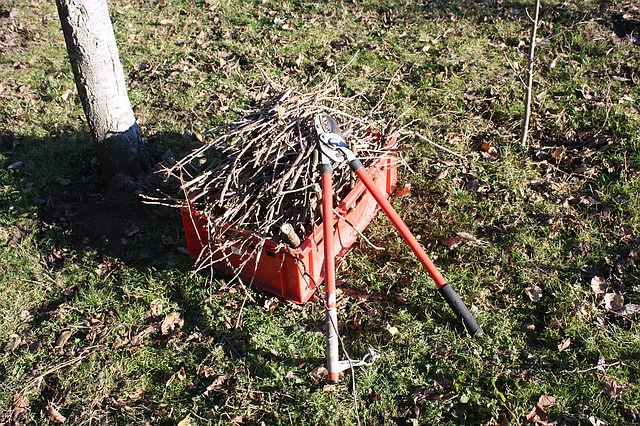
2. Pruning trees and shrubs
The next thing to do will be to prune the trees and shrubs in your garden.
This pruning will only be cleaning, to remove the dead leaves and branches that may have remained after the summer and that rob the rest of the plant energy.
Remember that, although we are talking about autumn pruning in general, each species prefers to be pruned at a certain time or even in a specific month (some withstand the cold better and recover in time from a late pruning, while others will have to cut them as little as possible closer to the beginning of autumn).
That is why it is important that you make sure when to prune each of your trees and shrubs.
About how to carry out this pruning we will talk more in this other post.
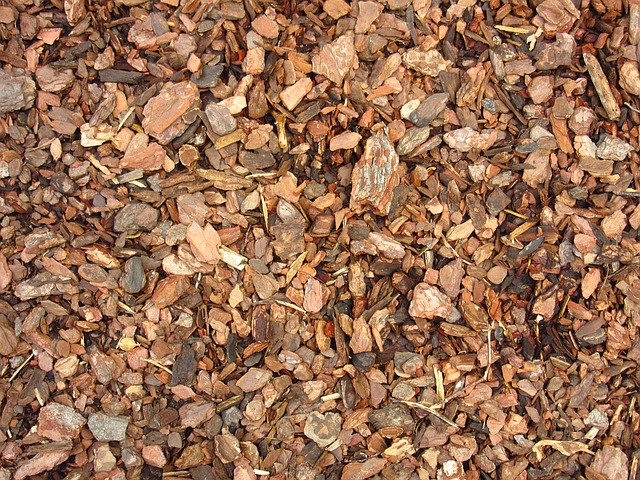
3. Protect the plants from the wind and cold
Most likely, within the species that you have in your garden, there are several that are not well adapted to withstand the winter weather, so it is important to protect them.
Of course, we must distinguish the plants that you have in pots and plant in the ground.
Let's look at both cases.
A. Protecting potted plants
In the case of pots, it is quite simple.
All you have to do is move them around and place them in a sheltered place, either on the porch or even inside the house.
Of course, try to place them in a place where it receives enough hours of light.
B. Protecting plants in the soil
This case is a bit more difficult, but it does not mean that we cannot do anything to protect our plants.
For starters, you can surround them with a wind mesh to protect them from storms. If hailstorms are also common in your area, you can also cover them with a resistant mesh.
But the most important thing is to insulate them from the cold.
The good news is that in the case of most plants, as long as the roots are protected, the plant will sprout in spring.
For this, a highly recommended option is to cover the soil around the plant with mulch, be it sawdust, pine bark, straw or the remnants of the lawn mowing itself.
You can even use newspaper or cardboard if you have more on hand.
The important thing is to form a thick layer that acts as a term insulator and keeps the soil temperature stable even in the coldest months.
In this way, we will be giving shelter to the roots and protect them.
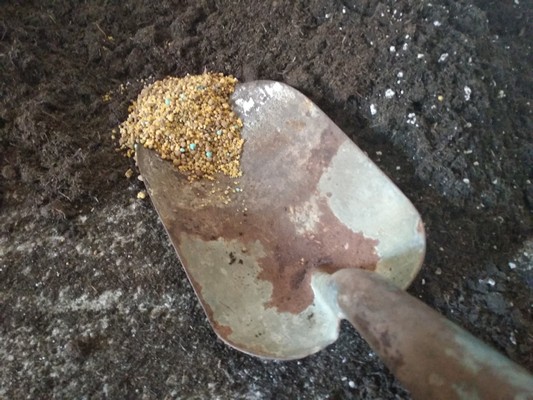
4. Fertilize the soil
Autumn is one of the two ideal times of the year (along with spring) to fertilize the garden soil.
Thus, your plants will have the necessary nutrients to "hibernate" and resist the cold.
In this post, we explain how to fertilize your plants step by step.
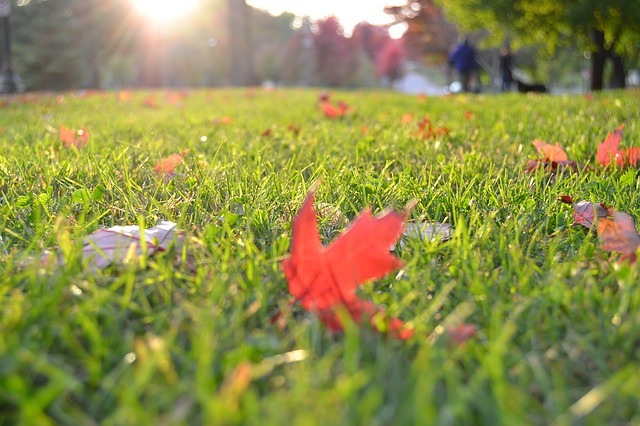
5. Lawn care in autumn
The king of the garden and one of the plants that is most in demand.
When preparing the lawn for winter we must do intensive work, which includes:
-
Scarifying: with a rake (you can use a scarifier if your garden is large) you scratch the surface of the soil to remove the mattress that has gone forming over time and that prevents the roots from developing (which makes them more exposed to the cold, less resistant to drought and generally weakens the grass).
-
Aerate: using a pitchfork or scarifying roller, you make holes in the ground to allow air and water to penetrate the ground.
-
Reseed: in the event that bald spots have appeared along the lawn throughout the summer, it is advisable to reseed to restore uniformity to the meadow.
-
Top dressing: finally, applying a mixture of mulch and sand will make the lawn have the necessary nutrients to regenerate.
This way your lawn will be ready for the winter.
6. Lower the frequency of watering
. Normally, your garden needs less and less water.
The drop in temperatures and the increase in rainfall will reduce the water needs of your garden.
In autumn, it is time to gradually reduce the frequency of irrigation until, depending on the area in which you live, you can even turn it off completely.
If you want to forget about this work, you can use a rain sensor connected to your controller, which automatically stops irrigation in case it is raining. Even for greater precision, you can opt for a humidity sensor, which makes the irrigation activate only when the soil is dry.
In this way, you save water and reduce the electricity bill.
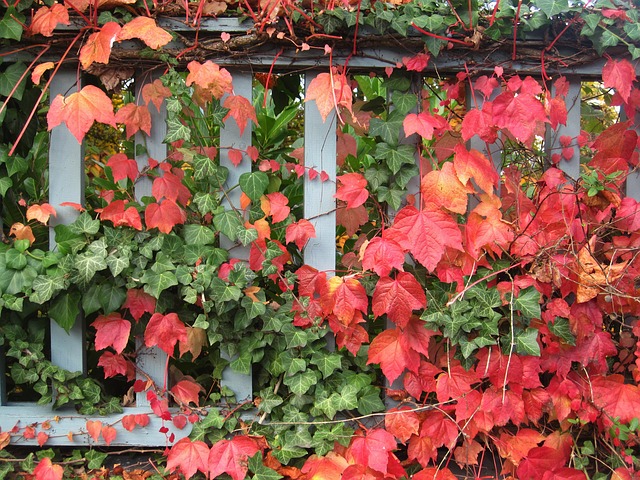
What plants are sown in autumn?
Not everything is going to be work.
Autumn is also a good time to plant new plants in your garden.
At this time the temperature is still sufficient for them to take root and develop their root system so that when winter arrives they will have roots deep enough to allow them to withstand the cold.
In addition, there are some species that it is precisely at this time when they enter their flowering period.
In general, this is a good time to sow:
-
Bulbous: like tulips or daffodils, for example. Many of these bulbous plants develop during the winter and, when spring arrives, they begin to flower.
-
Trees and shrubs: at this time we give special importance to deciduous trees, which at this time are covered in the ochre and golden colours typical of the season. In this post, you have some of the most beautiful.
-
Winter flowering plants: such as pansy, chrysanthemum, hydrangea or hibiscus. All these plants are cold lovers and during the winter they will fill the gaps left by other species that bloom in spring with their colours.
Thanks to some of these species you can have a garden full of colour all year round.
Do you have everything ready to take care of your garden this autumn?
These are the basic care that your garden will need during this time.
But if you have doubts, you can always contact us so that we can help you.
Remember that at Viveros González we have been working with all types of plants for more than 30 years, so we know perfectly their needs and what specific care they need for this time.
If you need it, click on the link and tell us about your case so that we can get down to work with your garden.
In Same Category
- What care does your lawn need in spring? In this post, we'll explain it to you.
- Césped. Cuidados durante el invierno
- Tipos de césped natural: cuáles hay y cómo escoger el mejor para tu jardín
- Do you know how to recover an abandoned garden? How to do it step by step
- Hongos del césped más comunes, cómo evitar que aparezcan y qué hacer para eliminarlos

 English
English Spanish
Spanish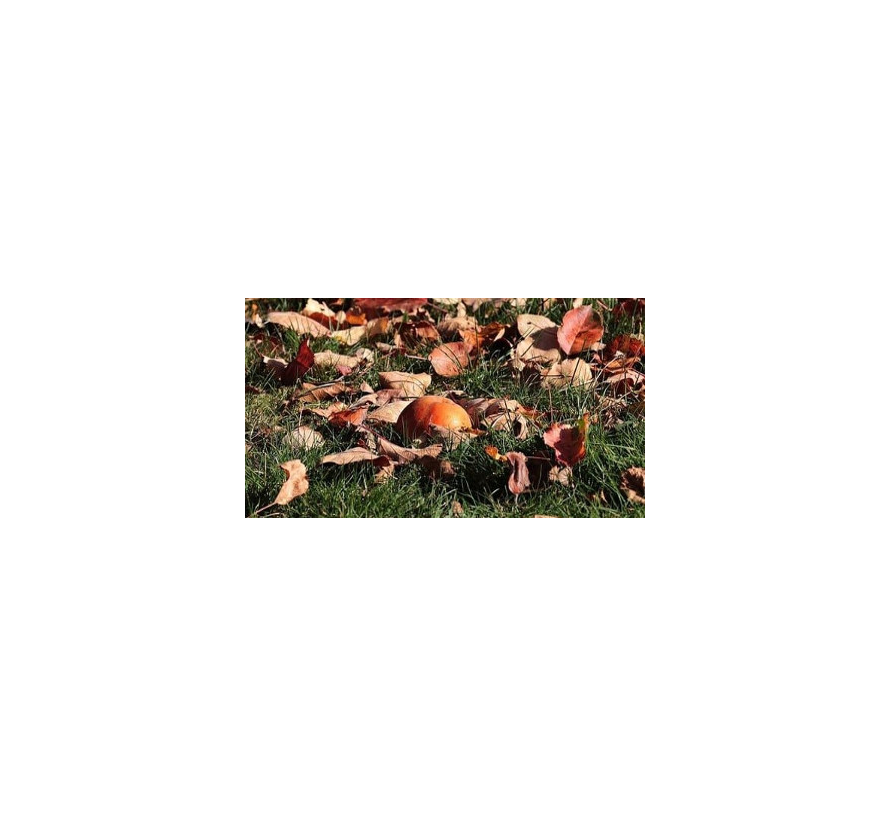
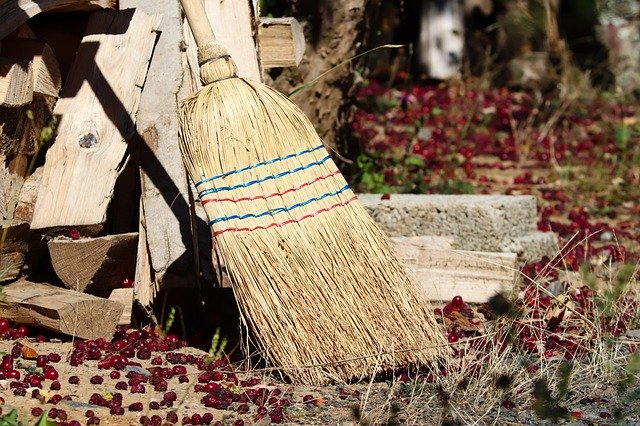
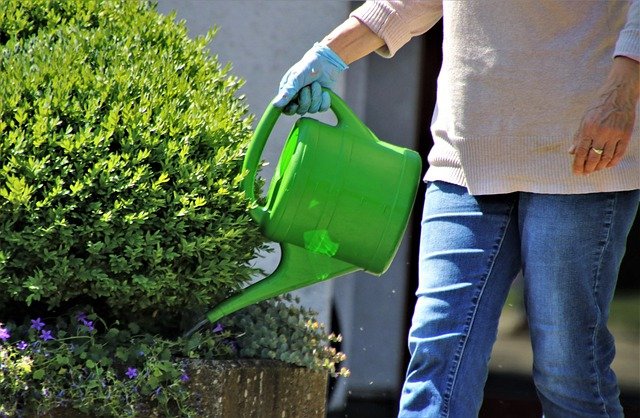
Comments
Leave your comment